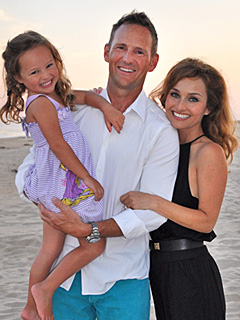NEW DELHI — Government officials appealed for calm in the streets here Saturday after the death of young woman who was raped two weeks ago by a group of men who lured her onto a bus.
The woman, a 23-year-old physiotherapy student whose rape on Dec. 16 had served as a reminder of the dangerous conditions women face in India, died “peacefully,” according to a statement by Dr. Kelvin Loh, the chief executive of Mount Elizabeth Hospital in Singapore.
The police have arrested six people in connection with the attack, Indian officials said.
The woman, whose intestines were removed because of injuries caused by a metal rod used during the rape, has not been identified. She was flown to Singapore on Wednesday night after undergoing three abdominal operations at a local hospital. She had also suffered a major brain injury, cardiac arrest and infections of the lungs and abdomen. “She was courageous in fighting for her life for so long against the odds, but the trauma to her body was too severe for her to overcome,” Dr. Loh’s statement said.
After word of her death spread, protesters gathered in New Delhi at Jantar Mantar, a popular site for demonstrations. By noon, the crowd had swelled to several hundred, most of them young men.
Upamanyu Raju, 21, a student at Delhi University, said he has been attending protests since a day after the rape victim was admitted to the hospital because of the "utter atrocity of what happened." Mr. Raju said he has given his younger sister pepper spray and a Swiss Army knife, but he worries that won’t protect her. "It’s wrong to stop girls from going out" of the house, he said, but there’s little choice because the city is so unsafe for women.
Sheila Dikshit, the chief minister of Delhi, arrived at the Jantar Mantar protest grounds in the early afternoon, and was booed, heckled and jostled by the crowd, even as the diminutive 74-year-old was surrounded by a police escort. She left after only a few minutes, after lighting a candle and holding her hands together in prayer, and without speaking to the crowd.
The roads leading to India Gate, the site of earlier protests that had turned violent, had been barricaded by the police, and nearby subway stations were closed. More than 40 police units have been deployed in the area, including 28 units of the Central Reserve Police Force, which are national anti-insurgency troops.
Revulsion and anger over the rape have galvanized India, where women regularly face sexual harassment and assault, and where neither the police nor the judicial system is seen as adequately protecting them. Top officials now say that further change is needed, and Prime Minister Manmohan Singh expressed his “deepest condolences.”
“We have already seen the emotions and energies this incident has generated,” he said in a statement. “It would be a true homage to her memory if we are able to channelize these emotions and energies into a constructive course of action.” The government, he said, is examining “the penal provisions that exist for such crimes and measures to enhance the safety and security of women.”
And Sonia Gandhi, India’s most powerful female politician and the president of the governing Congress Party, made in a rare televised statement that was broadcast on Saturday.
"As a woman, and mother, I understand how protesters feel," she said. "Today we pledge that the victim will get justice," she said.
The six men arrested in the case will be charged with murder, the Delhi police said Saturday morning, as they, too, asked citizens to remain calm.
"We appeal to the people that they maintain peace," Satyendra Garg, a joint commissioner of the police, said in a televised interview. "We want the situation in Delhi to normalize as soon as possible," he said. Until then, he added, Delhi commuters will have to plan their travel carefully and be aware of the restrictions.
Activists and lawyers in India have long said that the police are insensitive when dealing with crimes against women, and that therefore many women do not report cases of sexual violence.












